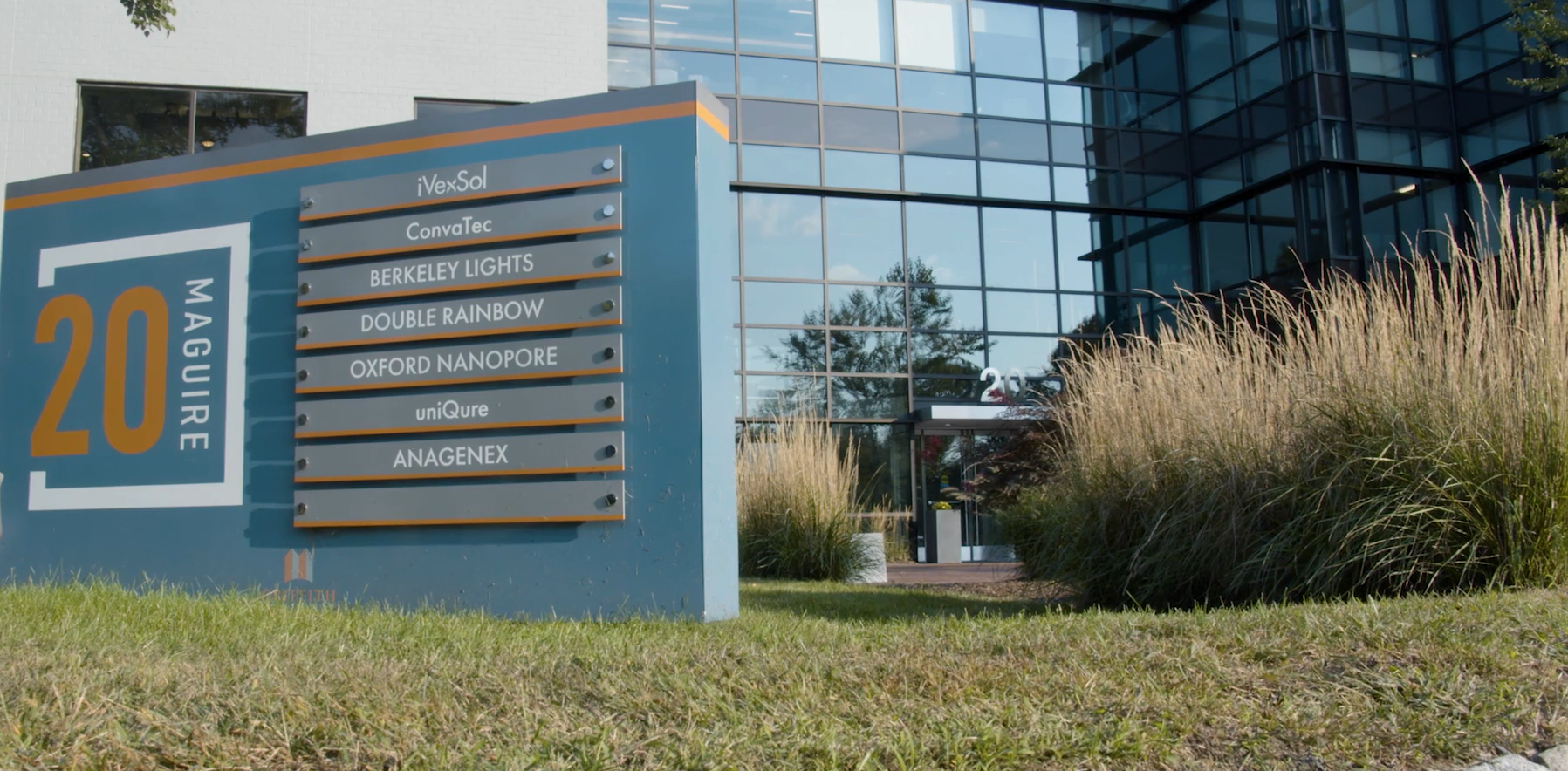The $100B+ question in real estate is the future of work, and more specifically, where will people work: Remote, In-Office, or Hybrid? Although there are certainly a lot of other issues under the broad umbrella of Workplace Strategy, this post focuses on the Remote/In-Office/Hybrid attendance question which primarily affects the office market.
First things first. Less than half of what we call “work” in the United states can be done remotely. According to McKinsey, perhaps 35% of the labor force can work remotely full time (from the employee perspective) . For most jobs, however, someone must be there to “get things done”! Builders, manufacturers, machine operators, drivers, cooks, etc. need to show up somewhere to work with a physical thing or process.
If you can have a remote work force, what are the key issues to consider when designing your workplace strategy? Who is eligible to work remotely? How do you know it is working? How will it work over the course of time? How do you integrate the physical, social, and behavioral needs of the workforce to optimize everybody’s “bottom line”?
The usual suspects in the Remote/In-Office/Hybrid conversation include employee engagement, productivity, morale, company culture, collaboration, creativity, loyalty, labor attraction & retention, commuting, wellness, etc. The costs and impacts on real estate, IT, HR and operations are often layered on to help calculate the ROI. The challenge is that these factors have long been difficult to quantify or understand. It is perhaps even more difficult to quantify how they will be affected by adopting (or not adopting) a remote/in-office/hybrid workplace strategy. As result, some leaders have mandated 100% in the office while others have concluded that the answer is 100% remote. Most seem to be somewhere in between.
*No Spoiler Alert Required*: There is a “consensus” that 2-3 days in the office is the “right” balance. It is not clear if the 2-3 days a week is an averaging decision made by committee ((0+5)/2 = 2.5), an intentional fact-based decision, or a trend to go along with the now accepted “consensus” of 2-3 days. Perhaps most importantly, many employees are saying two or three days in the office feels right. Due to the recent labor shortage, there has been pressure on companies to adopt the 2-3 day strategy to retain their existing workforce. In addition, employees report greater productivity when working remotely and there is evidence that 50-75% of the time saved by not commuting becomes work time. Unfortunately, productivity is an elusive metric and activities are not outputs.
So why should we come into the office 2-3 days per week? Which 2-3 days? Who needs/doesn’t need to be there? What will expect to do/accomplish by being in the office? How do we manage people we may not see regularly? Arguments in favor of being in the office commonly include Culture, Collaboration and Creativity. Intuition and consensus suggest culture and creativity are not easily transferred in memos or mission statements but through direct interpersonal experiences with leadership and co-workers who model the culture in their actions. Of course, some will ask why culture can’t be disseminated through e-mails and zoom calls? What’s your take?
In the next blog we will look at some more factors that affect workplace strategy.









